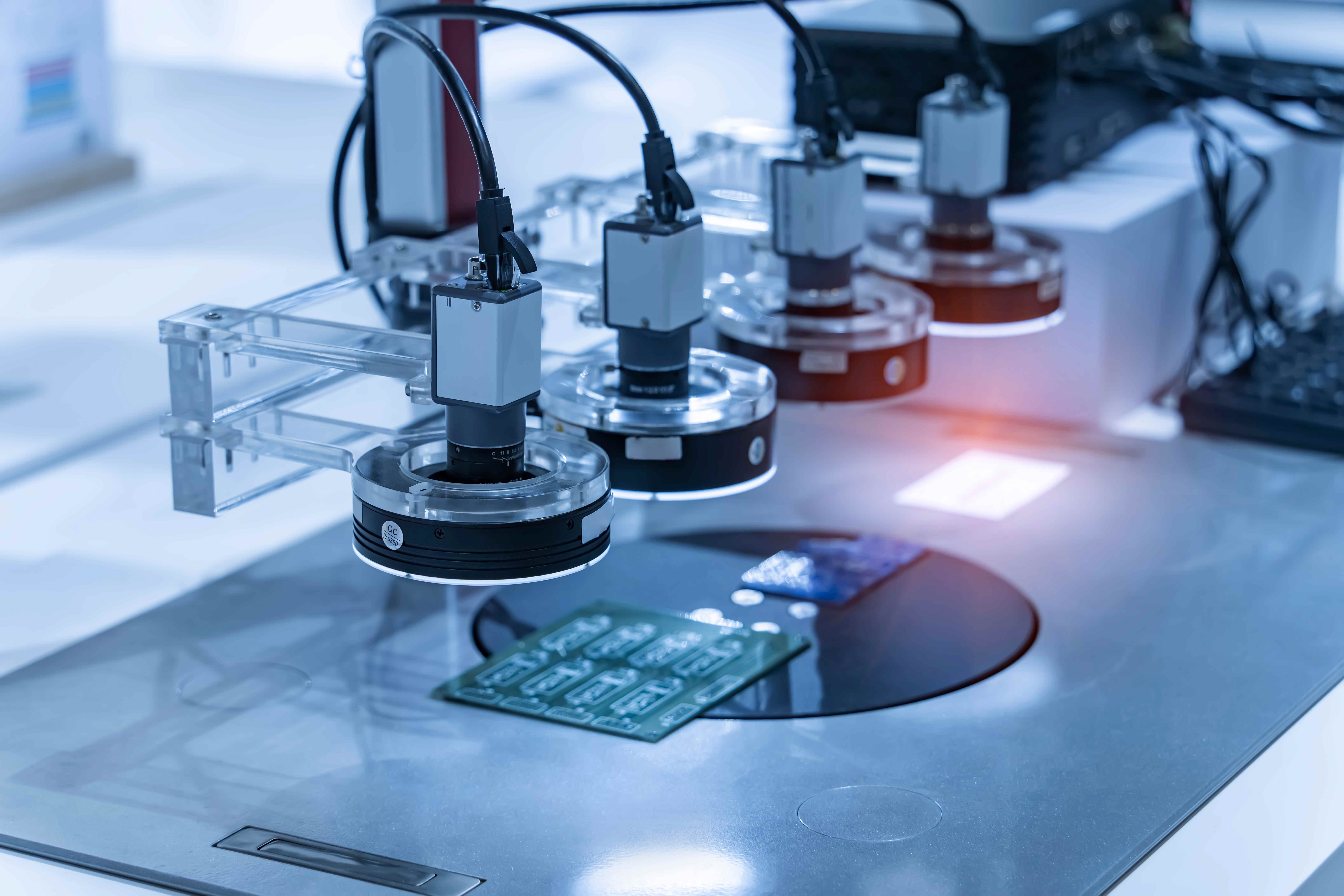
Infrared Spectroscopy (IR Spectroscopy)
Infrared spectroscopy is a powerful analytical technique used for detecting and characterizing the molecular structure and chemical composition of materials. It finds extensive applications in chemistry, materials science, biology, and pharmaceuticals. By analyzing the absorption spectrum of materials under infrared light, IR spectroscopy provides information on molecular vibrations, rotations, and other low-frequency modes, crucial for research and quality control support.
Basic Principles and Importance of Infrared Spectroscopy
Infrared spectroscopy is based on the absorption of specific wavelengths of infrared light by molecules, causing changes in molecular vibrational energy levels. Each chemical bond has its specific vibrational frequency, and by measuring the absorption of materials at different infrared wavelengths, their molecular structure and chemical composition can be determined.
Infrared spectroscopy is essential for material quality control and research. It is used for identifying chemical compositions, detecting impurities in materials, monitoring chemical reaction processes, and studying molecular interactions. In materials science, IR spectroscopy helps researchers understand the structure and properties of polymers, composite materials, and nanomaterials.
Process of Infrared Spectroscopy Testing
Test Preparation:
● Define testing objectives and requirements, and select appropriate IR spectroscopy instrument settings and parameters.
● Prepare test samples ensuring cleanliness and uniformity for optimal testing results.
Sample Irradiation:
● Place samples in the spectroscopy instrument's sample chamber, ensuring sample stability and correct positioning.
● Use infrared light to irradiate samples, selecting appropriate wavelength ranges and light intensities based on sample characteristics.
Spectrum Collection:
● Collect and record the absorption spectrum of samples under infrared irradiation, and analyze the positions and intensities of absorption peaks using the spectrograph.
● Adjust the spectrograph's resolution and scanning speed to optimize the quality of the spectral signals.
Data Analysis:
● Use specialized software to process and analyze infrared spectra, and identify characteristic absorption peaks and frequency shifts.
● Combine database and literature references to determine the molecular structure and chemical composition of samples.
Report Preparation and Results Interpretation:
● Thoroughly document test results including spectral charts and data analysis findings.
● Prepare detailed infrared spectroscopy testing reports for subsequent research and quality control reference.
Infrared Spectroscopy Testing Equipment
● IR Spectrometer: High-sensitivity spectral analysis instrument for measuring the infrared absorption spectra of samples. Common types include Fourier Transform Infrared Spectrometers (FTIR) and spectrophotometers.
● Light Source: Provides stable infrared illumination of samples, with commonly used laser wavelengths including near-infrared, mid-infrared, and far-infrared.
● Sample Chamber: High-precision sample positioning system ensuring stability and accurate positioning under the beam.
● Specialized Analysis Software: Used for processing and analyzing infrared spectroscopy data, generating molecular structure and chemical composition information.
In our laboratory, infrared spectroscopy testing services are essential tools to ensure the quality and performance of materials and chemical compositions. By employing advanced IR spectroscopy equipment and technology, we deliver precise and comprehensive analyses of molecular structure and chemical composition for our clients. This not only helps identify and avoid potentially defective materials but also enhances overall product reliability and market competitiveness. Our infrared spectroscopy testing services enable clients to confidently select and use the highest quality materials and components, thereby achieving superior product performance and safety.

